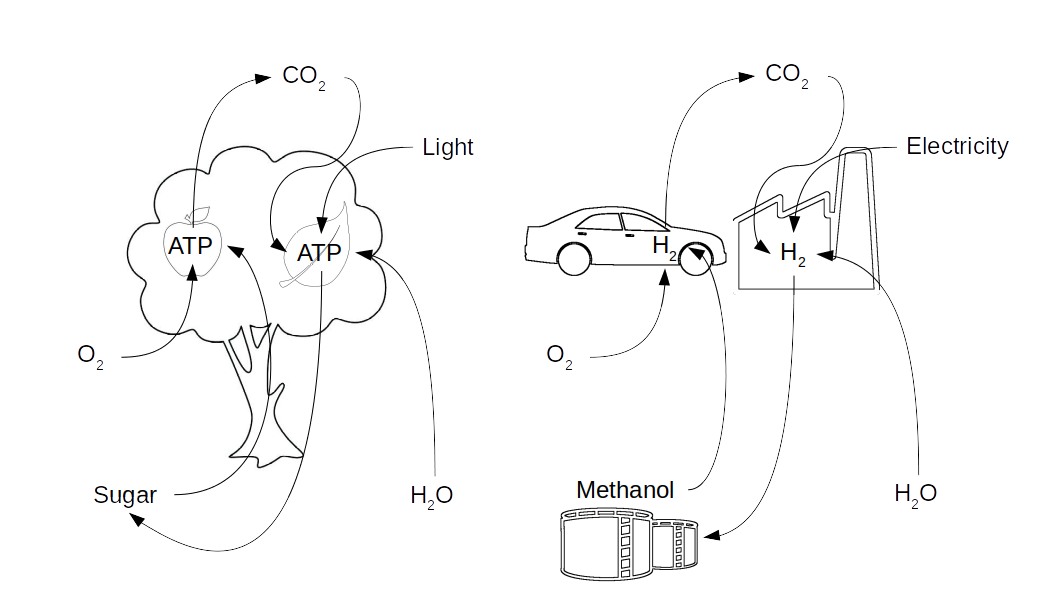Metal is a foundation industry. The energy consumption of the metal casting industry globally is extremely high. Carbon Case: Every year 112MTonnes of metal is cast. Avg. UK Energy burden/tonne is about 55GJ which is >15000kWh CO2/GWh for coal-888tonnes. Majority of this is used in melting and heat treatment. Alloys are usually cast at a temperature 100-200C higher than the melting point. What if we use and produce metal more efficiently wrt to CO2? We have developed a way to process most metal alloys so that they can be cast at a temperature slightly below the melting point in what is known as the semi solid band. Metal cast through this route has exhibited better mechanical properties which can be used towards light weighting and a microstructure that can be heat treated in less time. We have demonstrated a 100C reduction in casting temperature using aluminium alloy in a non optimised conditions. This represents a 6% reduction in in energy consumption. We were also able to show a 9-16% increase in strength of the material cast, making it a reassuring way to overcome quality issues of recycled stock and aid lightweight endeavours. For higher melting point alloys a similar 100C reduction in temperature would represent a higher % of energy savings eg. For steel this would be in the region of 12-14%. The technology is versatile in deployment, scalable, easy to make, and retrofittable in most pre-existing casting set ups and usable with most metal alloys. Manipulating the viscosity upto a point like plasticine, the technology can also be readily adapted to produce extrusions and sheets in a new one step processes. Typically metal is cast into billets in one foundry which are then sent to other foundries for further shaping. This involves a transport and reheat step in the production route which can be eliminated. IP strategy covers >90% of the market. Loads of applications, lets talk 🙂 https://www.caef.eu/statistics/ www.advancedmetalcastings.com
3



